Filter News
Area of Research
News Topics
Media Contacts

The Department of Energy’s Oak Ridge National Laboratory has developed a technology leading to more secure seals on containers filled with nuclear material. The technology uses a light source of entangled photons to verify the continuity of a fiber-based seal. E...
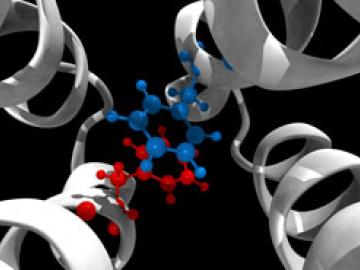
If scientists can control cellular functions such as movement and development, they can cripple cells and pathogens that are causing disease in the body.

Robert Wagner of the Department of Energy's Oak Ridge National Laboratory has been chosen to receive the 2014 International Leadership Citation from the Society of Automotive Engineers.
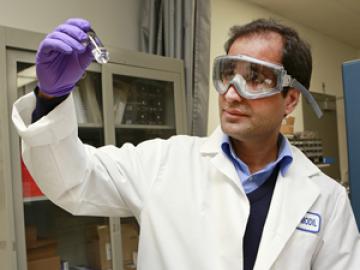
By controlling the temperature of silica rods as they grow, researchers at the Department of Energy’s Oak Ridge National Laboratory could be setting the stage for advances in anti-reflective solar cells, computer monitors, TV screens, eye glasses and more.

Bruce Pint, a research staff member at the Department of Energy's Oak Ridge National Laboratory, has been elected a 2014 National Association of Corrosion Engineers fellow.

The associate laboratory director for Energy and Environmental Sciences (EES) at the Department of Energy’s Oak Ridge National Laboratory and two University of Tennessee-ORNL Governor’s Chair researchers are among the newly elected fellows of the American Associa...
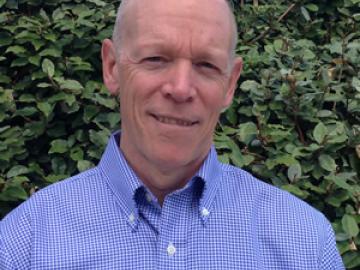
Jack Fellows, the new director of the Climate Change Science Institute at Oak Ridge National Laboratory, wants his organization to provide comprehensive information to policy makers and the general public to improve understanding of global climate change.

Oak Ridge National Laboratory engineers are trying to improve efficiency and performance in tiny engines in remote-controlled airplanes that have applications for aerial military surveillance.
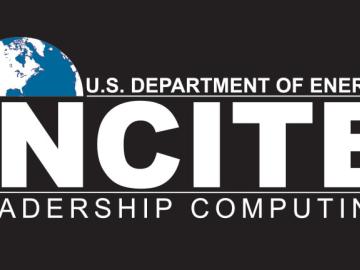
The U.S. Department of Energy’s Office of Science announced 59 projects, promising to accelerate scientific discovery and innovation, that will share nearly 6 billion core hours on two of America’s fastest supercomputers dedicated to open science. Their work will advance knowledge in critical areas from sustainable energy technologies to the environmental consequences of energy use.
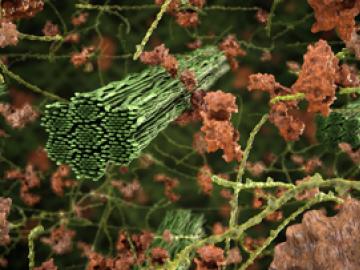
ORNL study uses neutron scattering, supercomputing to demystify forces at play in biofuel production
Researchers studying more effective ways to convert woody plant matter into biofuels at the Department of Energy's Oak Ridge National Laboratory have identified fundamental forces that change plant structures during pretreatment processes used in the




